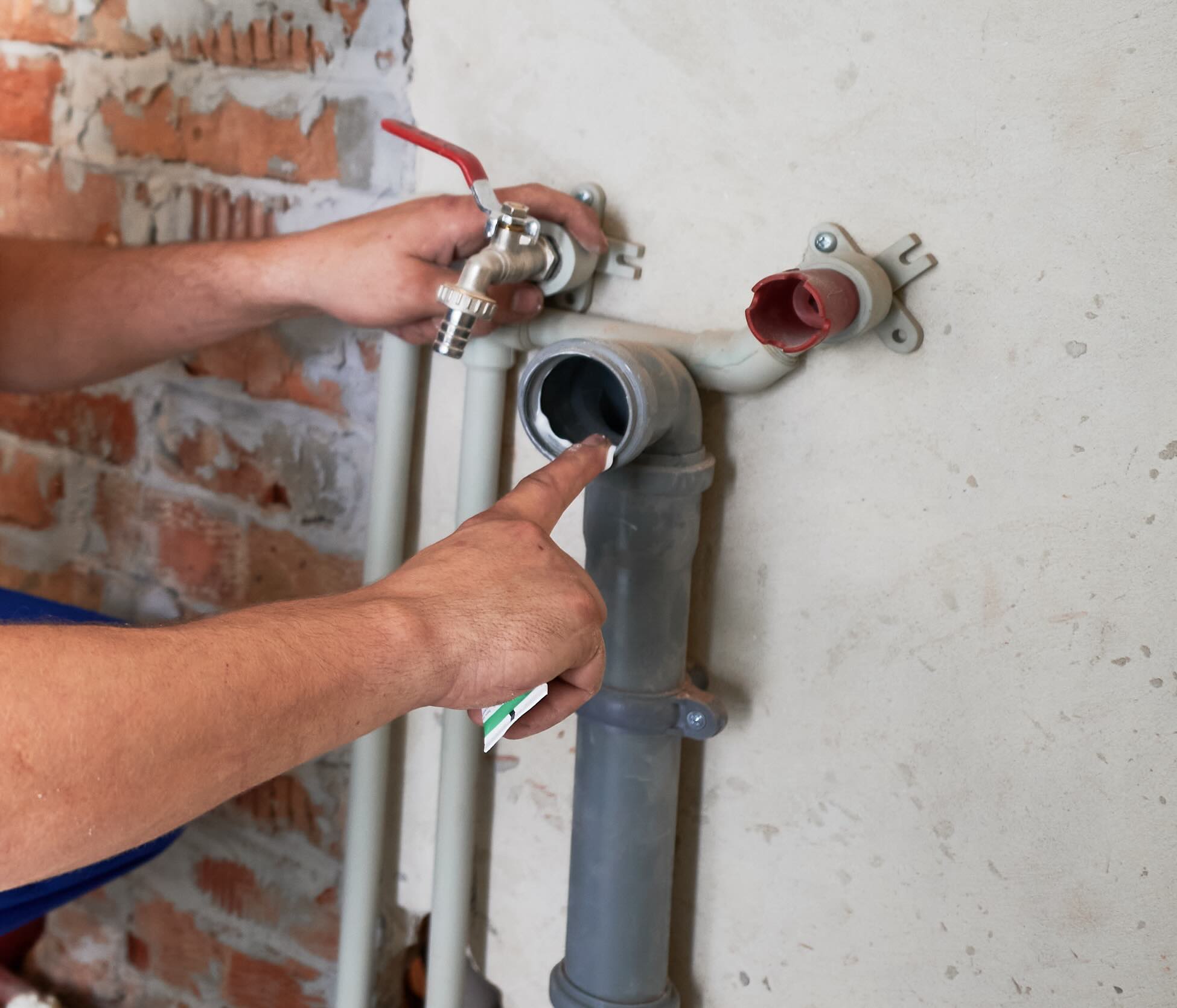A well-maintained plumbing system is essential for the comfort, safety, and efficiency of your home, which makes a seasonal inspection checklist a must. Indeed, they help prevent costly emergencies, extend the lifespan of your pipes and fixtures, and ensure everything runs smoothly year-round.
Our comprehensive plumbing inspection checklist will guide you through the key steps to take each season, helping you safeguard your home and avoid unexpected surprises.
Why Seasonal Plumbing Inspections Matter
Plumbing systems are constantly exposed to changing temperatures, humidity, and usage patterns. Each season brings unique challenges:
- Winter can cause pipes to freeze and burst.
- Spring often reveals leaks or damage from thawing and shifting ground.
- Summer increases water usage, straining pipes and appliances.
- Fall is the perfect time to prepare for colder weather and address lingering issues.
A proactive plumbing inspection checklist helps identify small problems before they become major headaches, saving you money and stress.
Plumbing Inspection Checklist: What to Look For Each Season
General Plumbing Checks
Inspect for Leaks
- Check all visible pipes under sinks, in basements, and around appliances for moisture, corrosion, or pooling water.
- Examine ceilings and walls for water stains, which can indicate hidden leaks.
- Inspect outdoor spigots and hoses for drips or cracks.
Test Water Pressure
- Turn on faucets and showers to ensure steady, consistent water flow.
- Low pressure may signal a leak, mineral buildup, or failing pressure regulator.
Examine Drains and Sewer Lines
- Ensure all drains are flowing freely; slow drains may indicate clogs or blockages.
- Listen for gurgling sounds, which can point to venting issues or partial blockages.
- Consider professional drain cleaning or jetting to remove buildup and prevent backups.
Check Plumbing Fixtures
- Inspect faucets, showerheads, and toilets for drips, leaks, or loose handles.
- Test toilets for running water or weak flushes—these can waste significant water and increase your bill.
- Look for signs of wear on seals and gaskets.
Seasonal-Specific Plumbing Inspection Checklist
Winter Preparation
- Insulate exposed pipes in unheated areas like basements, garages, and crawl spaces.
- Disconnect and drain outdoor hoses and shut off exterior faucets.
- Test your sump pump to ensure it’s working before snow melts.
- Set your water heater to a safe temperature (usually 120°F) to prevent scalding and reduce energy use.
Spring Plumbing Checks
- Inspect for damage caused by freezing or shifting soil.
- Check gutters and downspouts to ensure proper drainage away from your foundation.
- Examine your sump pump and pit for debris or malfunction.
- Look for signs of leaks or cracks in your main water line.
Summer Maintenance
- Monitor for increased water usage and check for leaks in irrigation systems.
- Inspect washing machine hoses and connections for bulges or leaks.
- Clean out drains and traps to prevent odors and backups during heavy use.
Fall Plumbing Preparation
- Flush your water heater to remove sediment buildup.
- Inspect and clean gutters to prevent water damage.
- Test shut-off valves to ensure they operate smoothly in case of emergency.
- Schedule a professional plumbing inspection before winter sets in.
Plumbing Appliances and Specialty Systems
Water Heaters
- Inspect for rust, leaks, or strange noises.
- Check the temperature and pressure relief valve for proper operation.
- Flush the tank annually to prevent sediment buildup and improve efficiency.
Sump Pumps
- Pour water into the sump pit to ensure the pump activates and drains properly.
- Clean the pump and pit to remove debris and prevent clogs.
Water Filtration and Softeners
- Replace filters or cartridges as recommended by the manufacturer.
- Check for leaks or signs of wear on connections.
Gas and Water Lines
- Inspect exposed gas and water lines for corrosion, cracks, or leaks.
- If you smell gas or suspect a leak, leave the area and call a professional immediately.
When to Call a Professional
While many items on the plumbing inspection checklist can be handled by homeowners, some issues require the expertise of a licensed plumber. Call a professional if you notice:
- Persistent leaks or water stains
- Unusual noises in pipes or appliances
- Sudden drops in water pressure
- Slow or repeatedly clogged drains
- Signs of mold or mildew
Professional plumbers offer comprehensive services including leak detection, drain cleaning, water heater repair and replacement, sump pump installation, and more. Regular professional inspections can catch hidden problems and ensure your plumbing system is up to code.
Benefits of a Professional Plumbing Inspection Checklist
- Peace of mind: Know your home is protected from water damage and costly repairs.
- Improved efficiency: Well-maintained systems use less water and energy.
- Extended lifespan: Regular care prevents premature wear and breakdowns.
- Safety: Professionals can spot issues with gas lines, water heaters, and sewer systems that could pose health risks.
Final Thoughts
A thorough plumbing inspection checklist is your best defense against unexpected plumbing emergencies. By following these seasonal tips and scheduling regular professional inspections, you can keep your home comfortable, safe, and efficient all year long.
Don’t wait for a small drip to become a flood—make plumbing inspections a routine part of your home maintenance plan.


